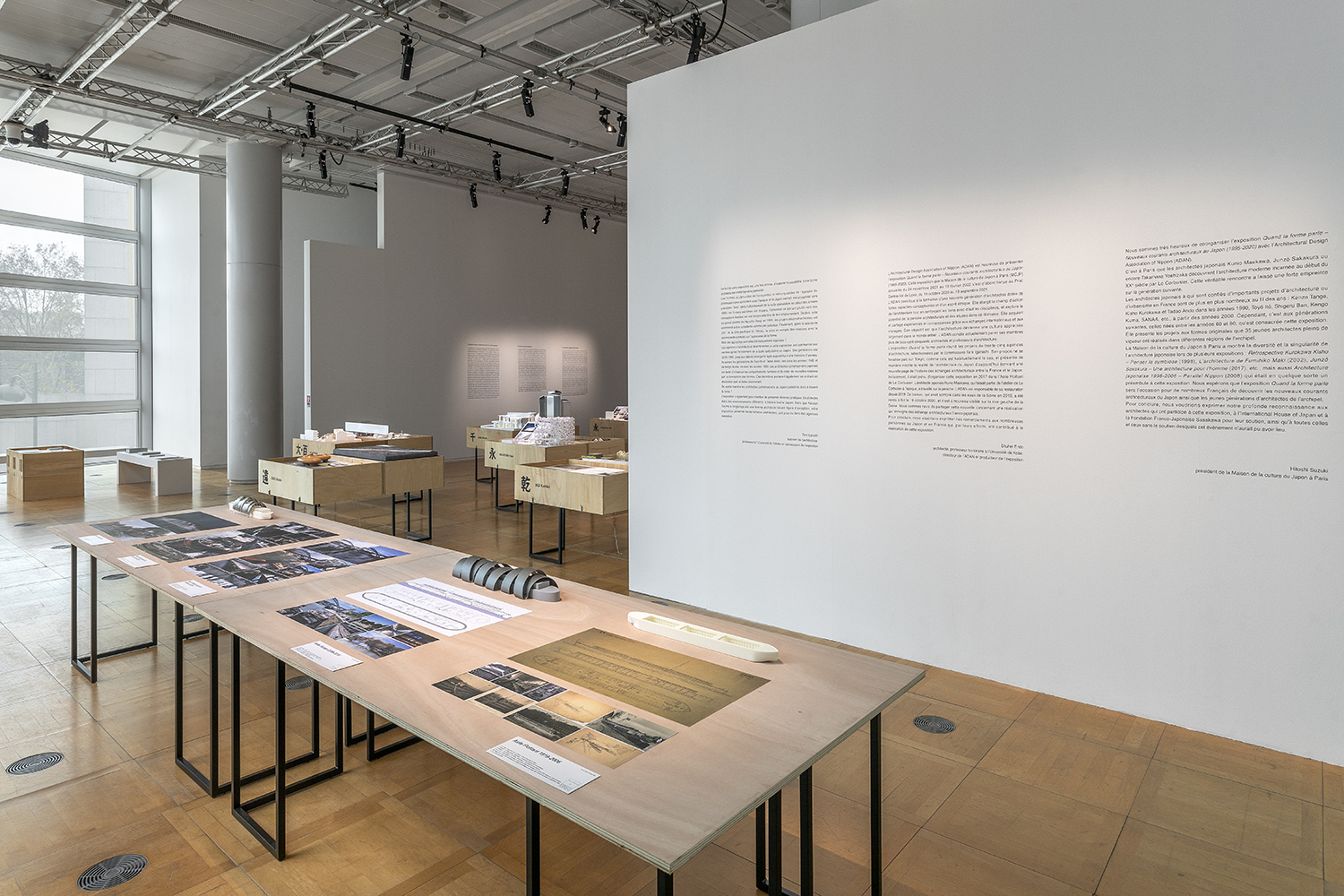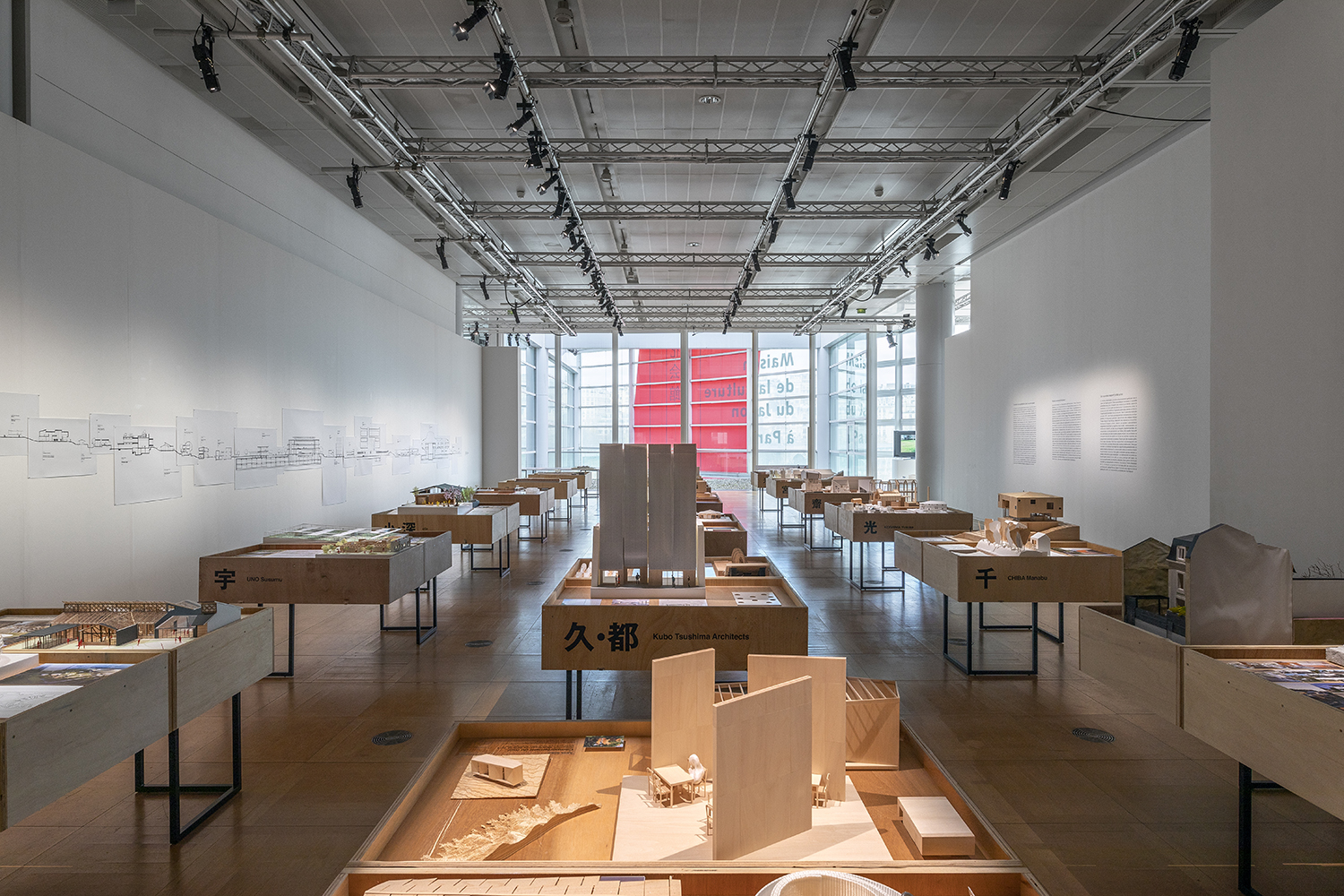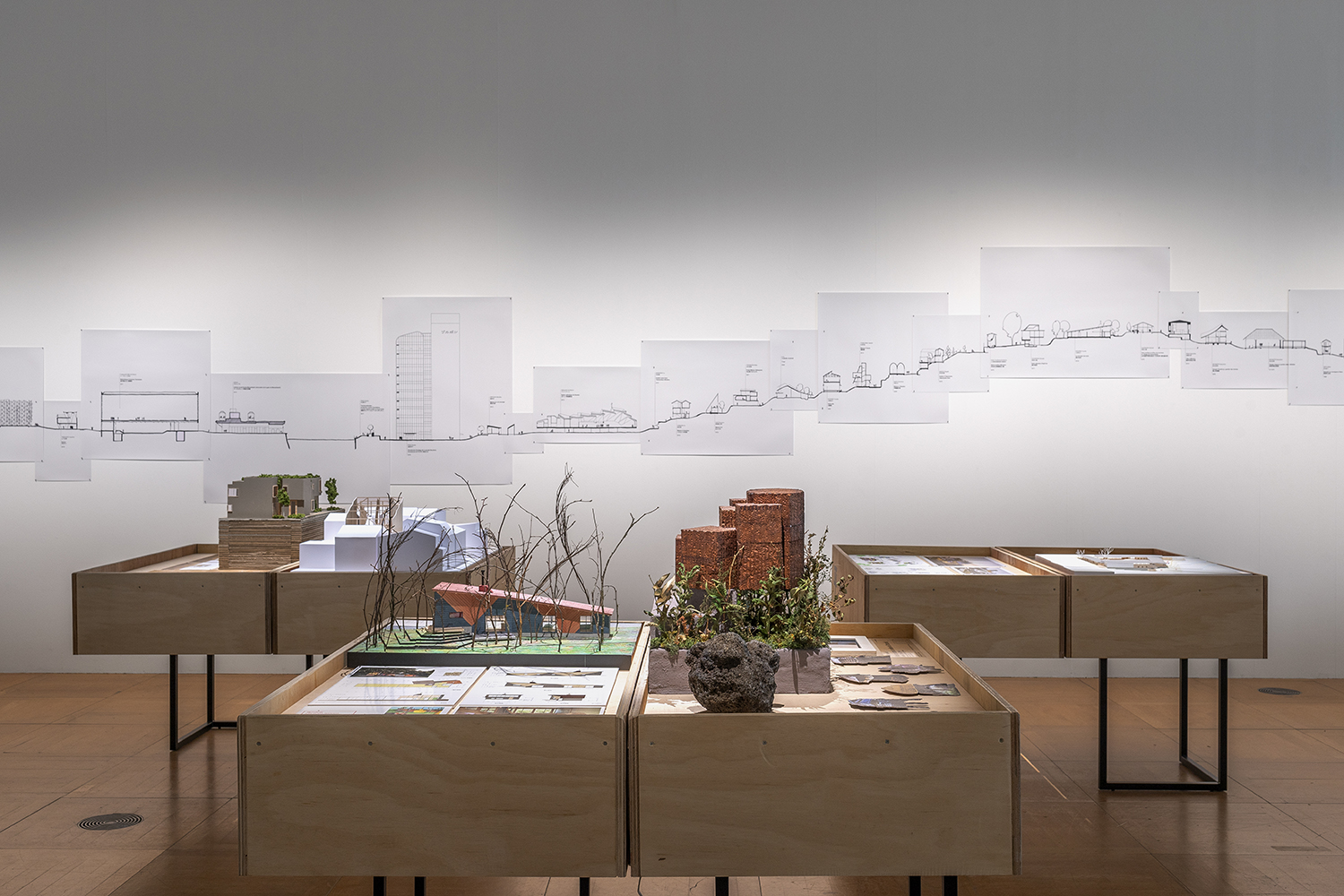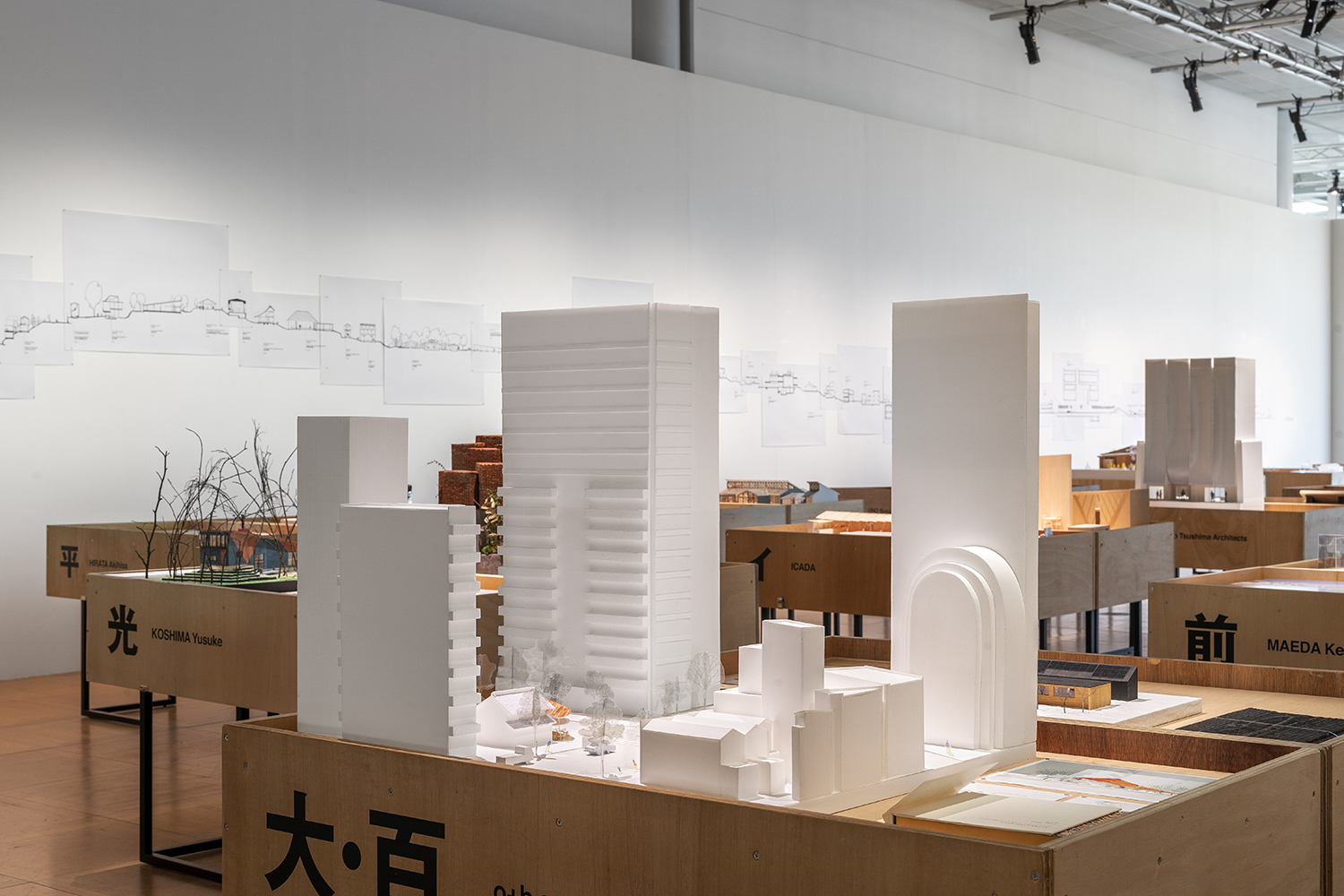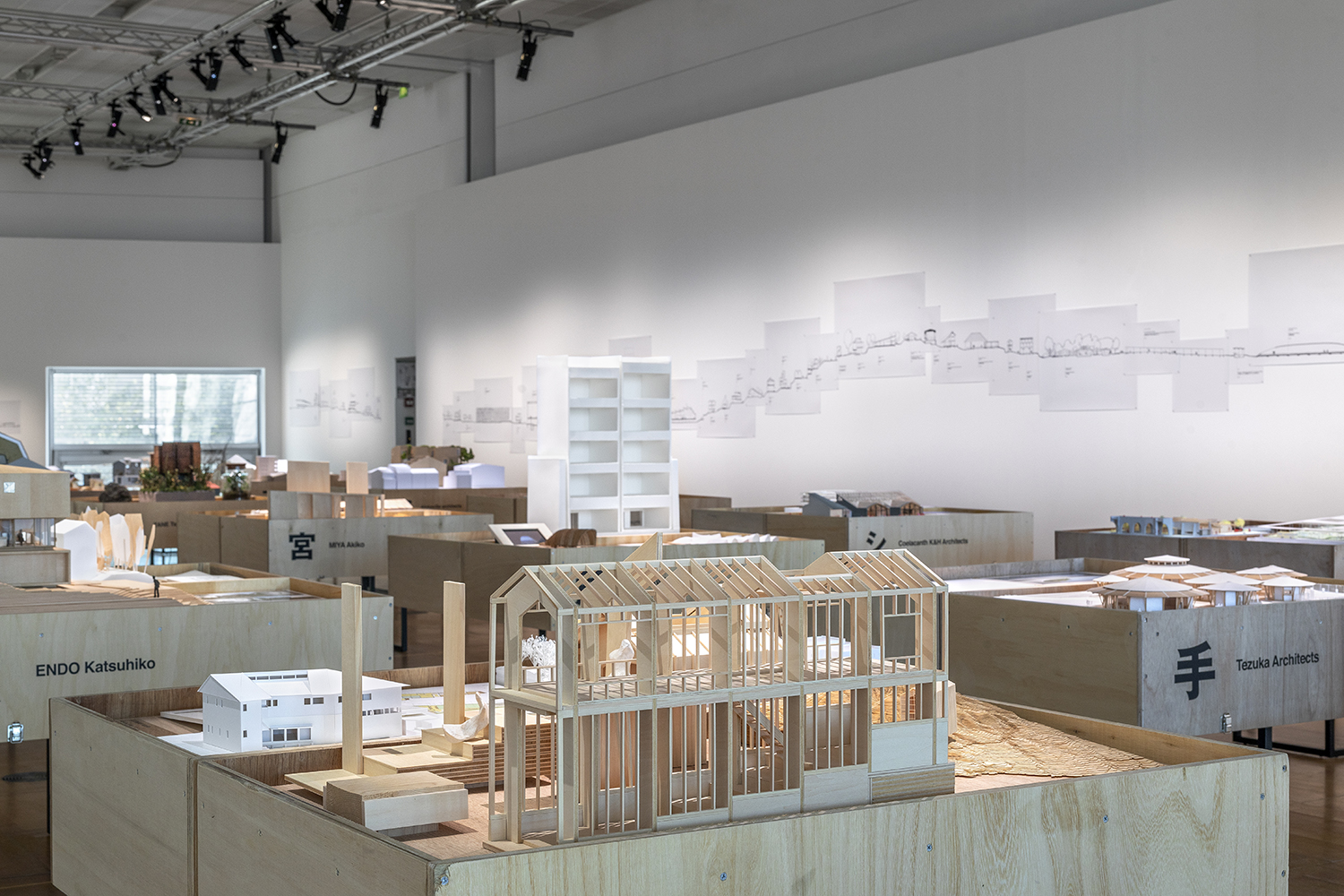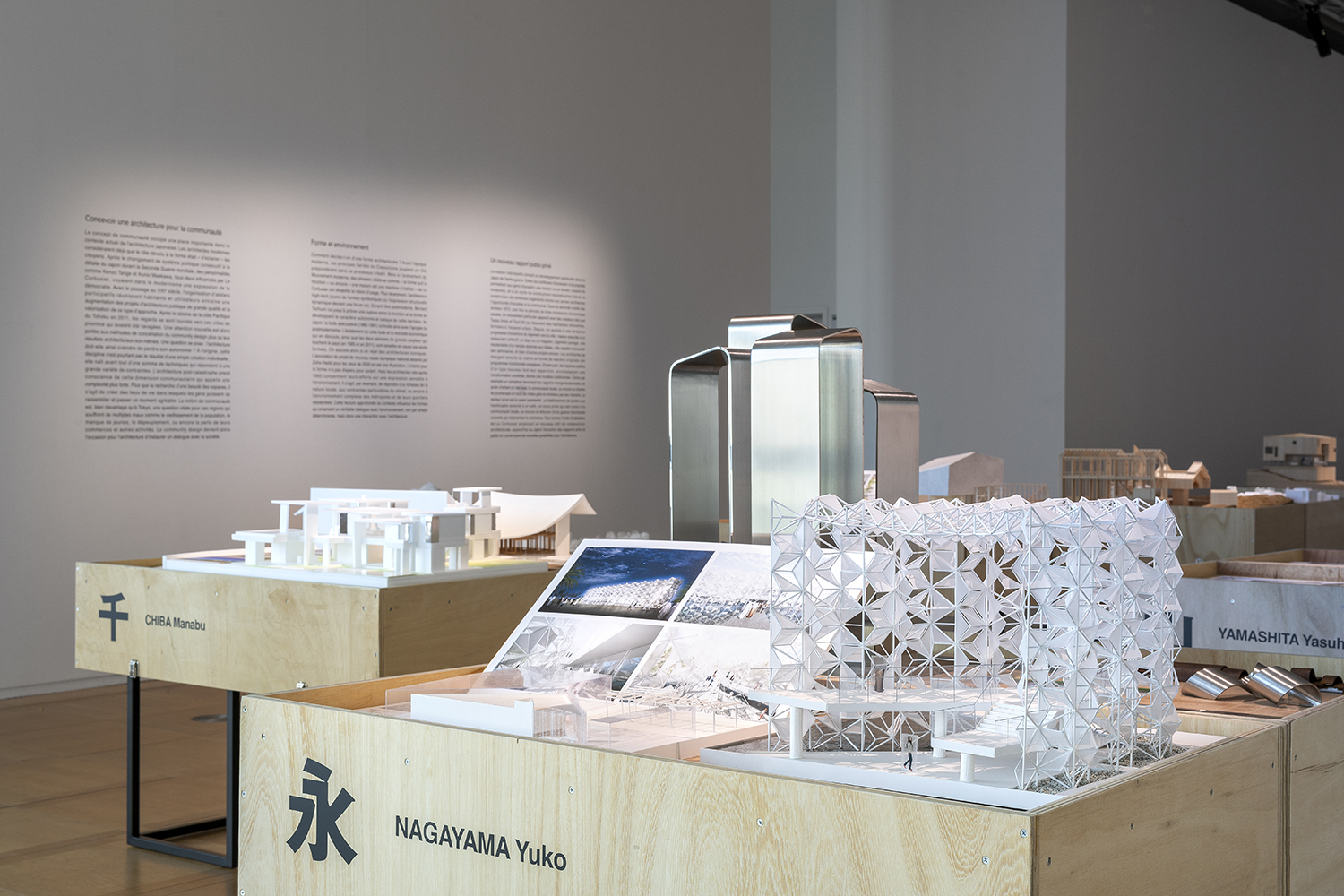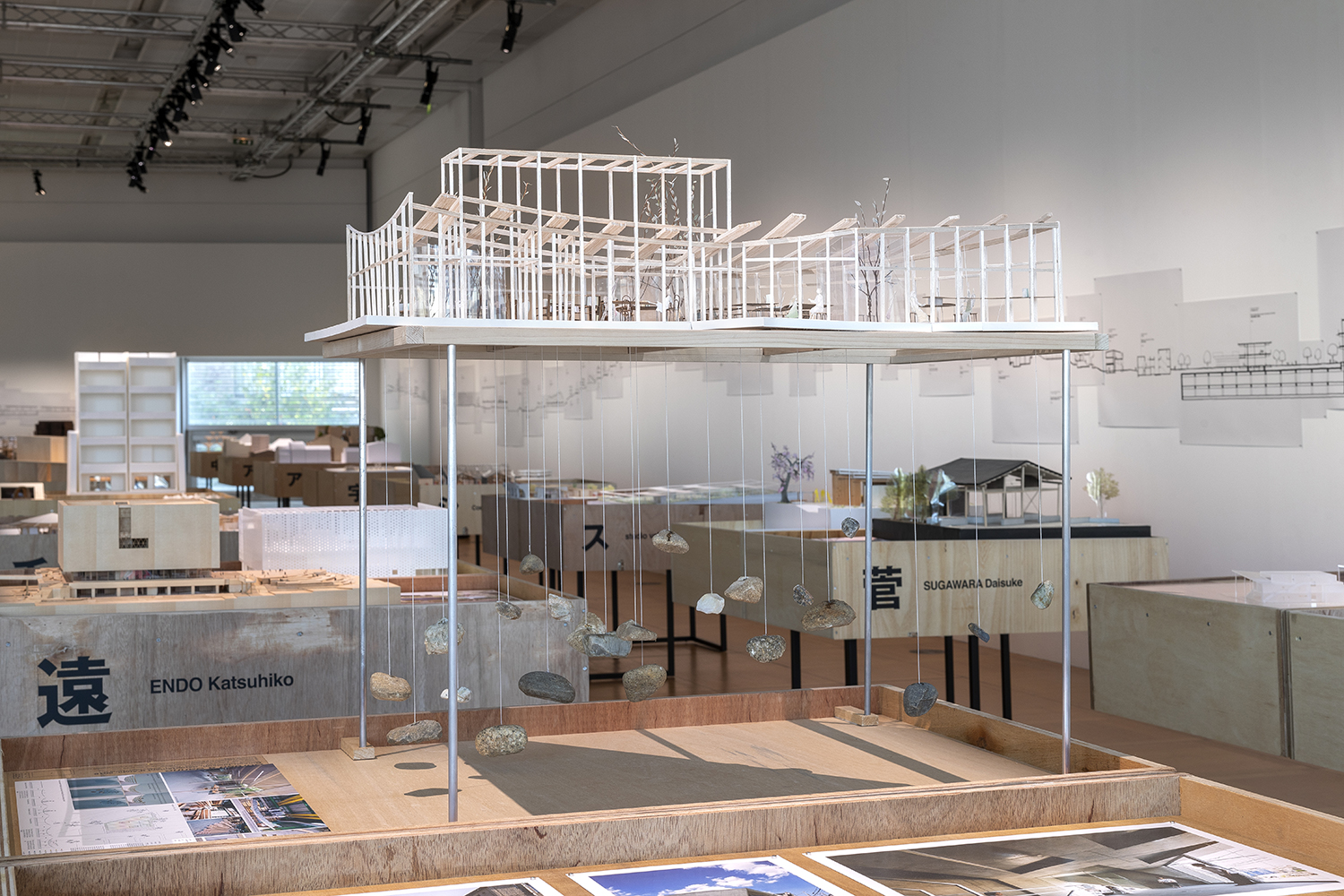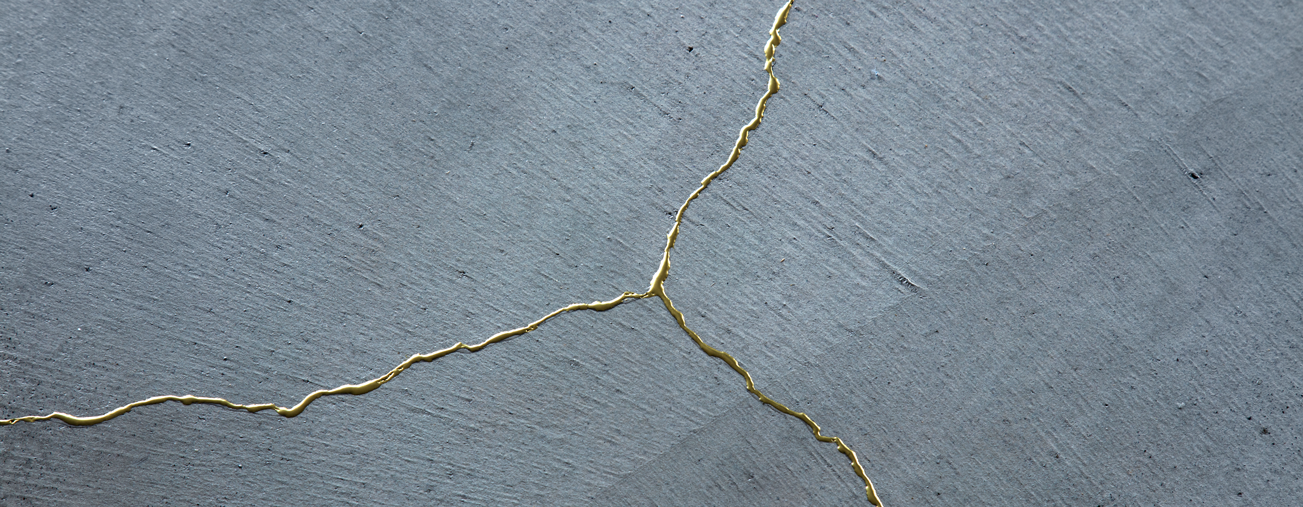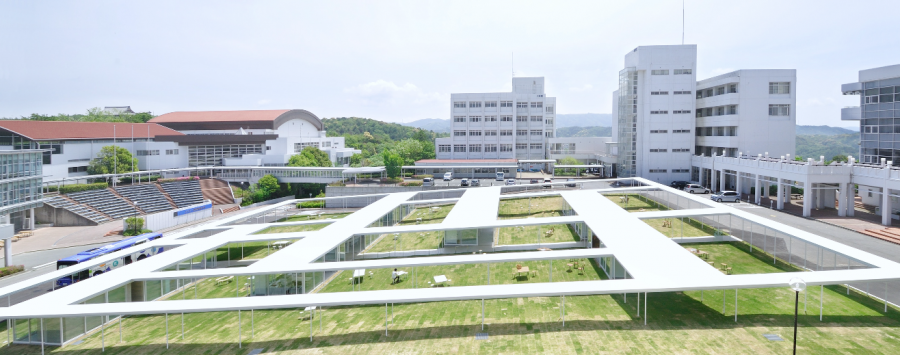
The forms of Japanese architecture
Until 19 February 2022, the Maison de la culture du Japon in Paris is hosting an exhibition titled Quand la forme parle. Nouveaux courants architecturaux au Japon (1995-2020) [When Form Speaks. New architectural trends in Japan (1995-2020)], which tells the story of contemporary Japanese architecture and the ambitions of its new generation, featuring numerous projects.
Curated by Taro Igarashi, historian and professor at the University of Tohoku, the exhibition is divided in three sections: “Community & Architecture”, “Environment & Architecture” and “Public & Private”. Thirty-five architectural offices have been invited to present two projects each. It is not so much about painting a portrait of a homogeneous scene, as about taking a snapshot of the multiple practices that exist throughout the country, not only in Tokyo.
On this occasion, AA asked few questions to Shuhei Endo, architect, honorary professor at Kobe University, vice-president of the Architectural Design Association of Nippon (ADAN) and producer of the exhibition.
How did you and the curator Taro Igarashi select the architects for the exhibition? What were your main criteria?
Shuhei Endo: We selected architects born after 1960 and active in Japan. The criteria are based on the quality of their work. It is important that they work independently and are not influenced by hyped, Tokyo-centric trends. In addition, the whole of Japan has been included in the selection. Until now, exhibitions on Japanese architecture have been mainly Tokyo-centred. In other words, most of the architects featured were based in Tokyo. Here, instead, we chose to focus on a different perspective.
How would you characterise the young generation of Japanese architects? Would you identify a common point?
I would say “young” as being between 30 and 40 years old; the ones over 45 would not be considered a “young” practice. They don’t design very large buildings, but they produce high quality architecture in terms of detail. Each of them has its own particularities, such as materials, environment, and local relationships. These are mentioned in detail in the text by Taro Igarashi [editor’s note: published in the exhibition catalogue]. On the other hand, there is a lack of logical attitude, as characterised by Metabolism. Their practice is characterised by the energy devoted to action, through workshops for instance, and to online communication.
You have been the promoter of Le Corbusier’s Asile Flottant rehabilitation project for years – the history of which is presented in the exhibition’s first part. What does this rehabilitation mean to you?
The Asile Flottant has its origins in contemporary Japanese architecture. Kunio Maekawa, the father of modern architecture in Japan, helped design the barge and only returned to Japan after its completion. Maekawa is the main reference for contemporary Japanese architects. The Asile Flottant is a historical asset that bears witness to all this. It is also the starting point of an architectural and cultural exchange between France and Japan. The preservation of the Asile Flottant embodies the preservation of the origins of our contemporary Japanese architects — it is a question of knowing our roots. It is also a way of thinking about the future of Japanese architecture.
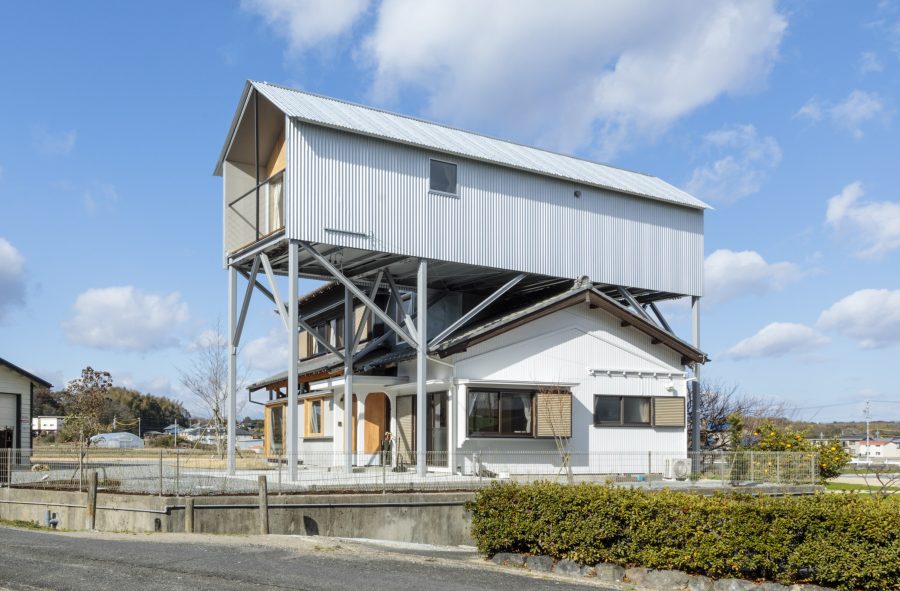
YOSHIMURA Maki, house in Nishisakabe, Mie county, 2019
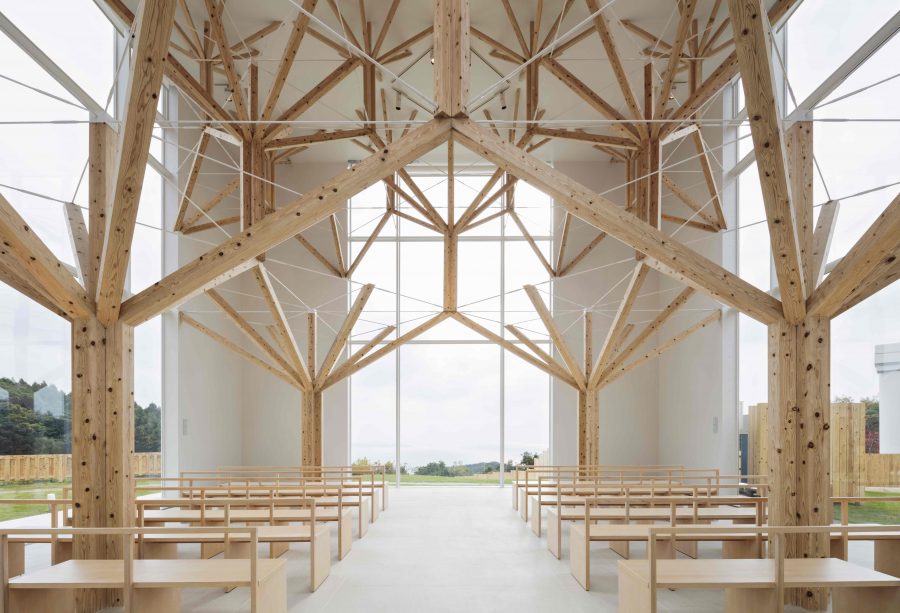
MOMOEDA Yu, Agri Chapel, Nagasaki County, 2016
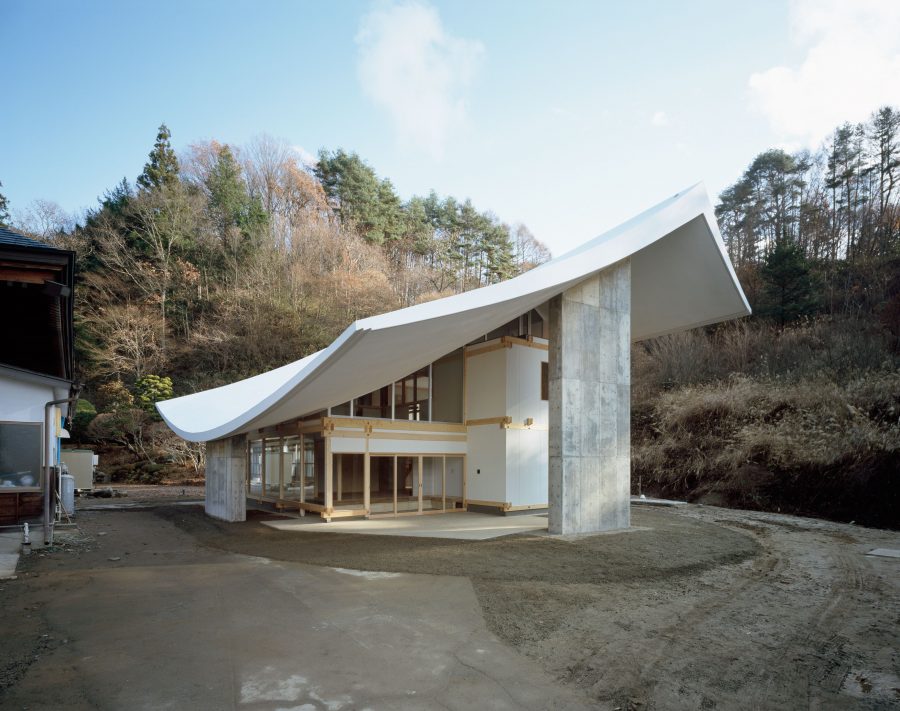
MIYAMOTO Katsuhiro, Chushiin-ji temple, monks’ quarter, Nagano prefecture, 2009
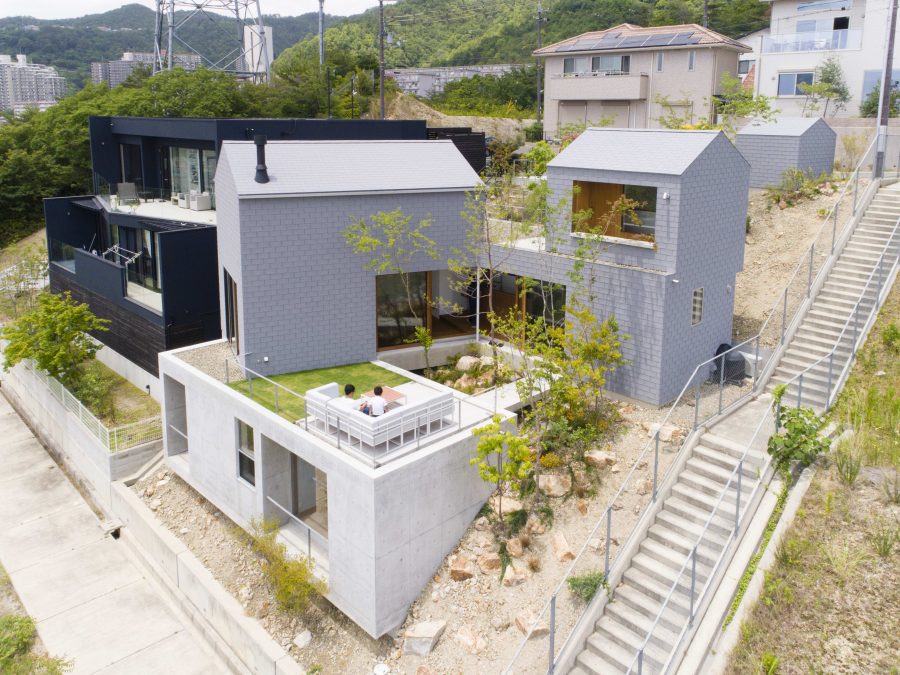
MAEDA Shigeki, huts in Takarazuka, Hyogo Prefecture, 2019 © Takashi Daibo
Click on the right of the picture below to scroll through the slideshow.
Quand la forme parle. Nouveaux courants architecturaux au Japon (1995-2020)
Maison de la culture du Japon in Paris
101 bis Quai Jacques Chirac, 75015 Paris
Until 19 February 2022
Free entrance
www.mcjp.fr
Top image: velocity studio, Aichi Sangyo University, Educational Center for Language and Information Technology, Aichi Prefecture, 2013

